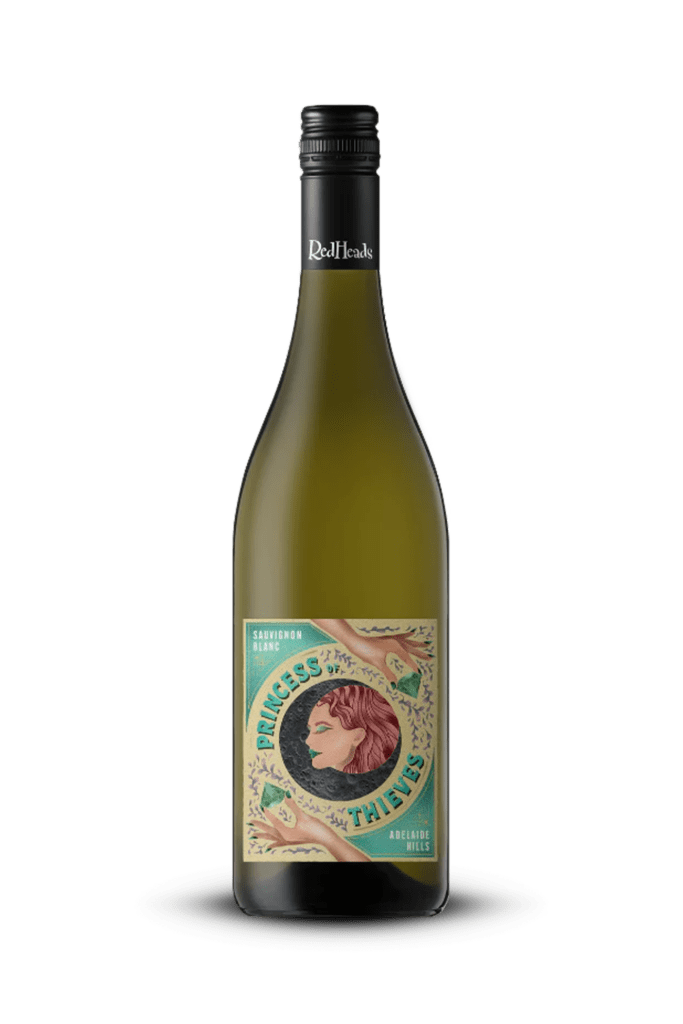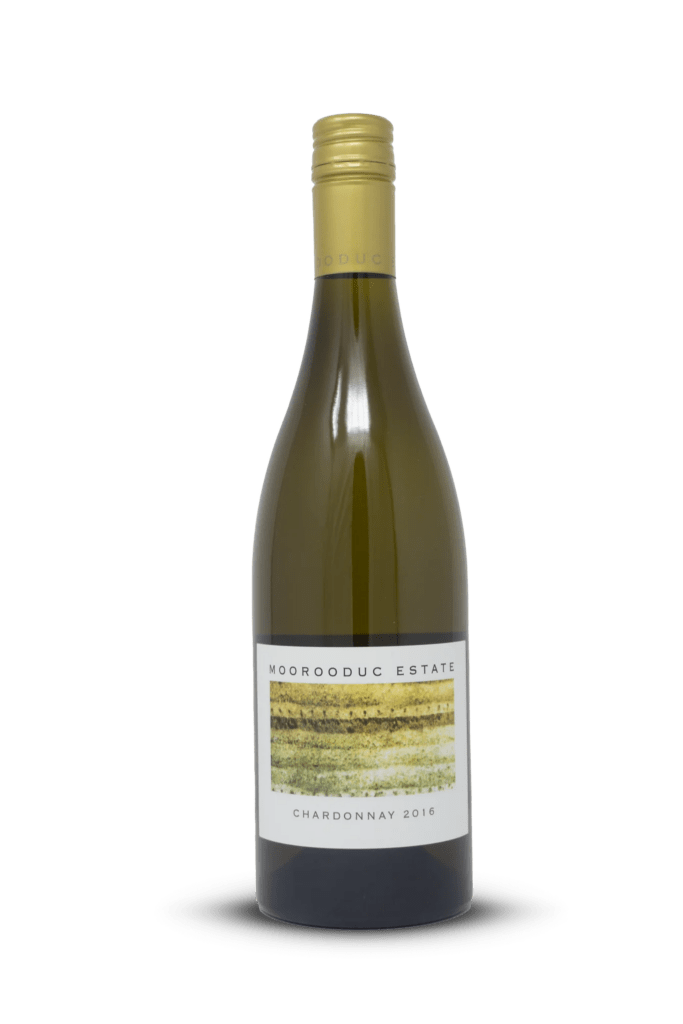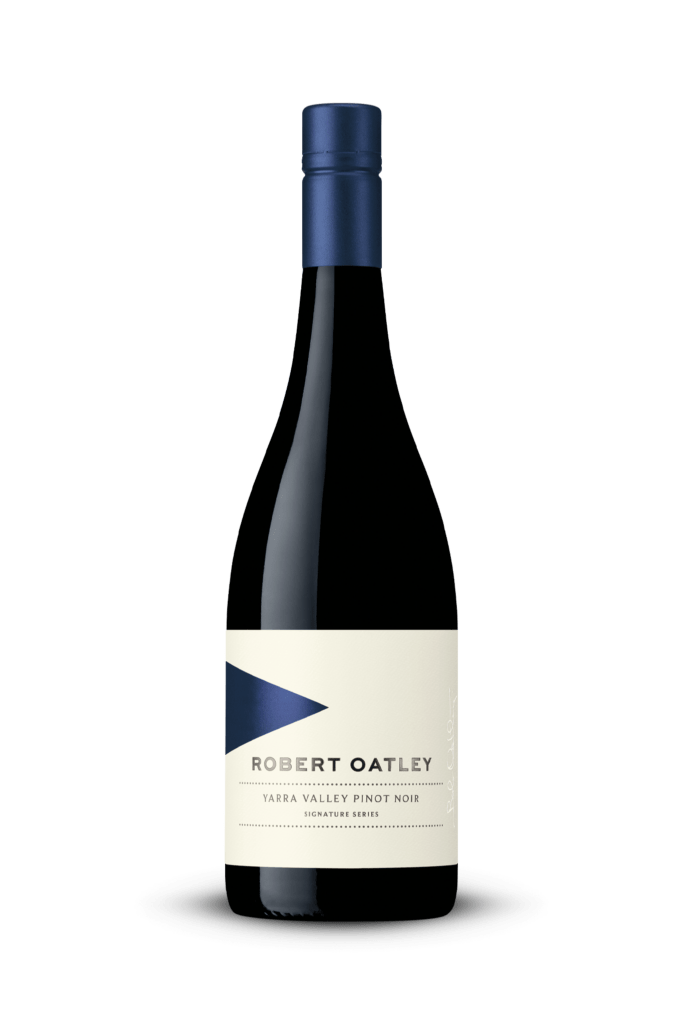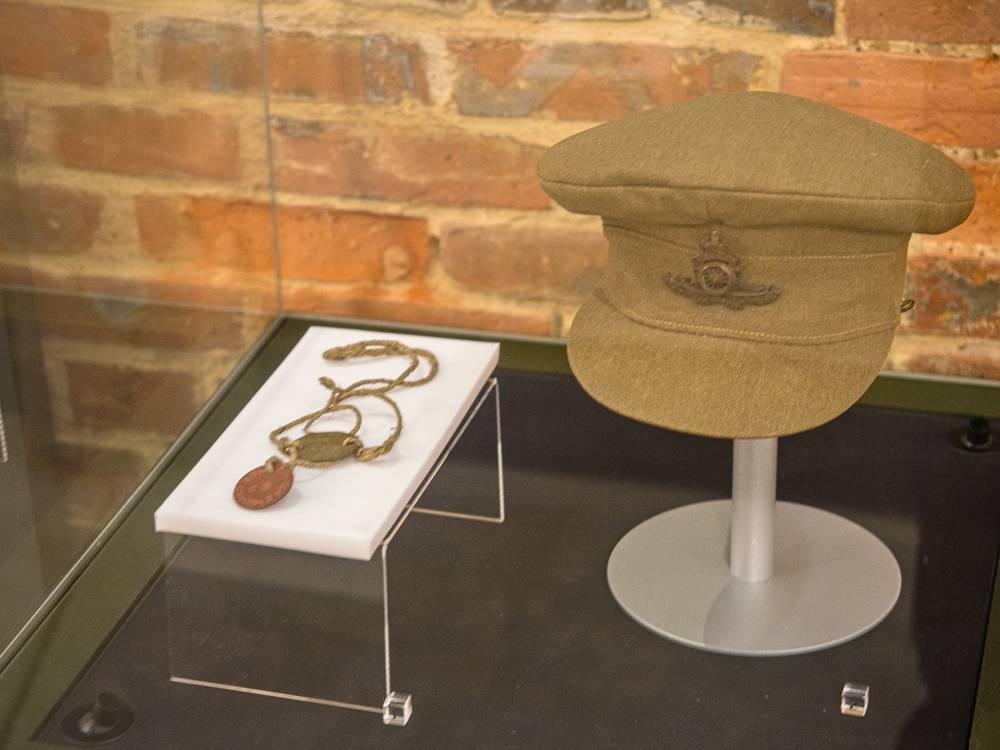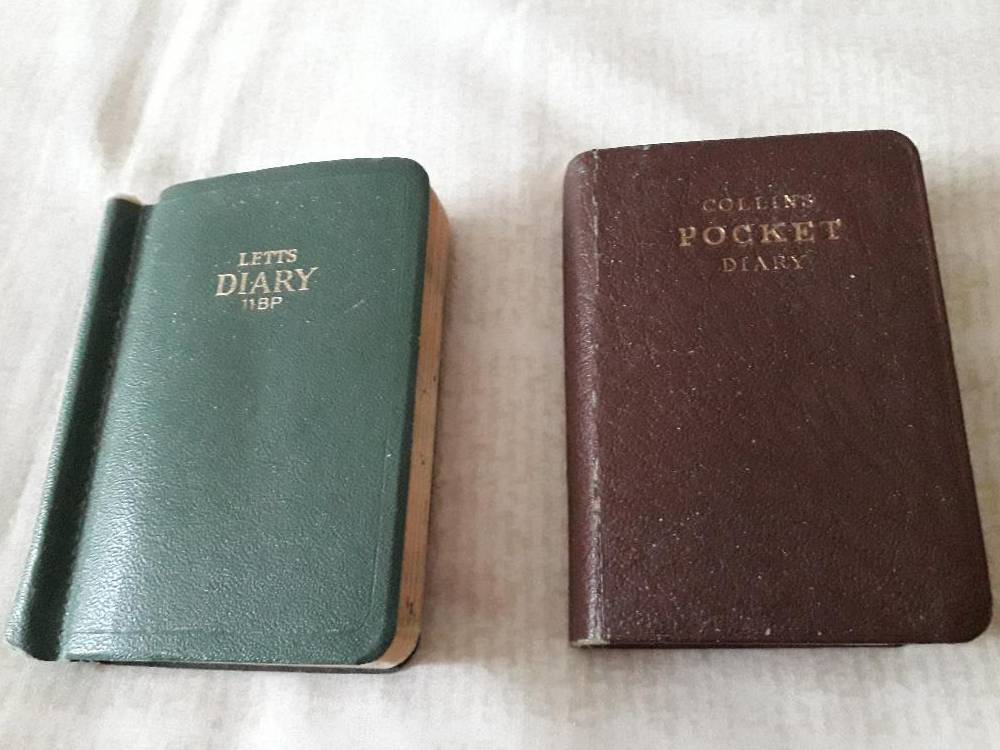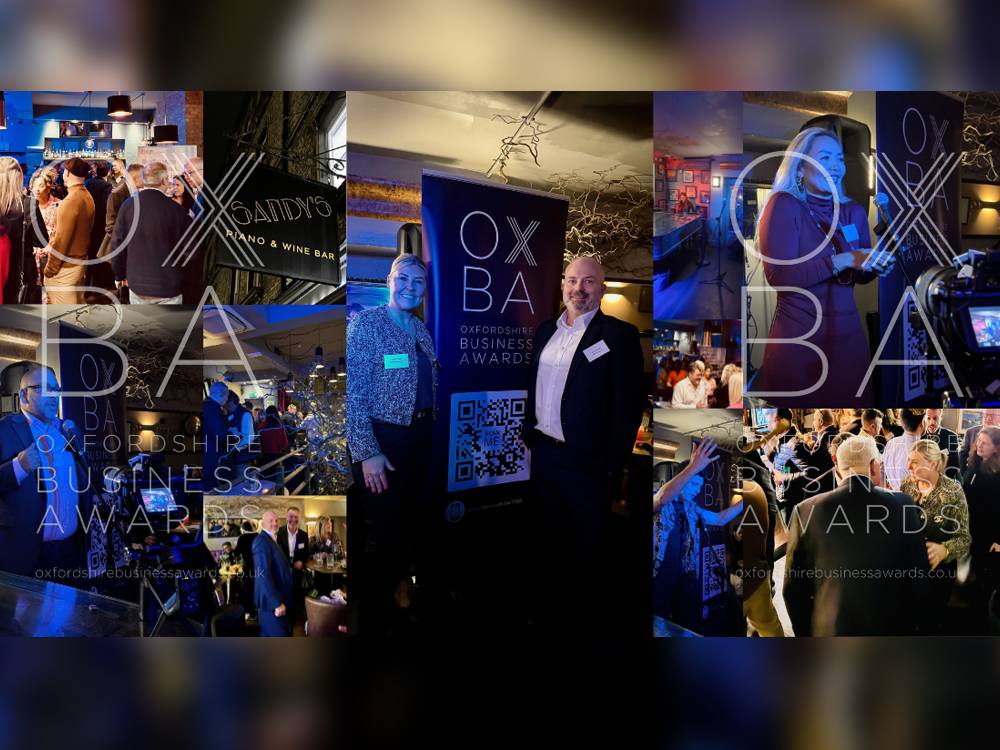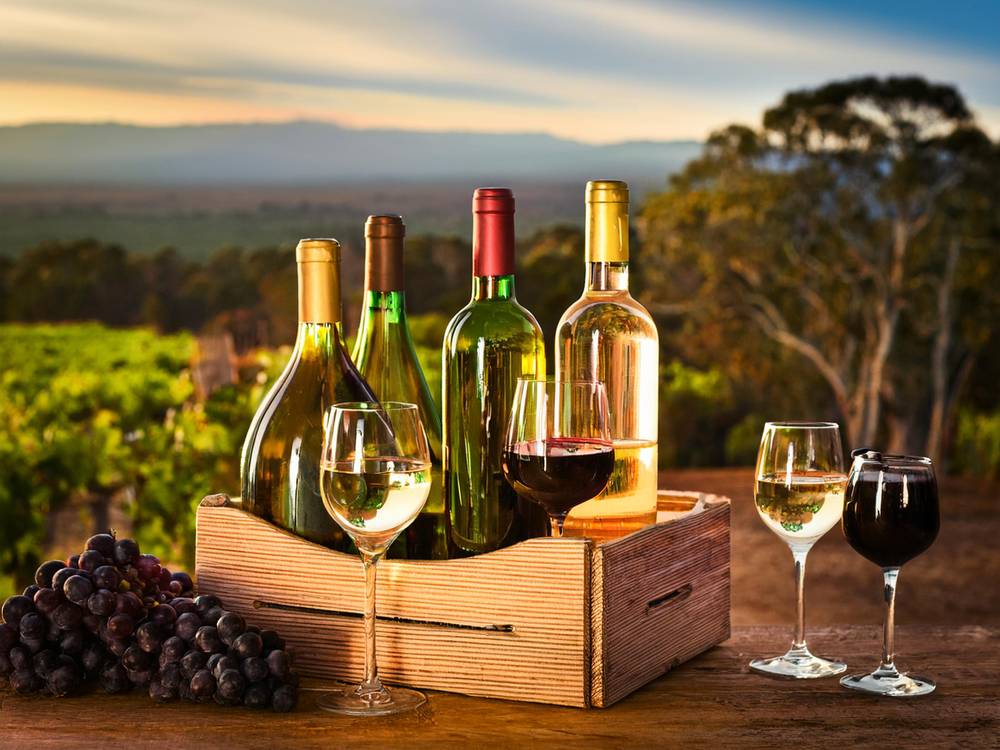Only entries from within our circulation areas will be accepted
Please don’t enter if you are not in a Round & About Magazine postcode region
One entry per householder. You must supply a name, address and telephone number
or your entry will not be accepted
We’re offering one lucky winner, and their guest, the chance to sleep with history on a grand scale but with touches of modern luxury at Hartwell House, champagne afternoon tea each, a three-course dinner each with a bottle of house wine, use of the spa and breakfast the next day
A warm welcome awaits you at Hartwell House, HP17 8NR, the National Trust-owned Grade 1 listed Jacobean and Georgian house set in more than 90 acres of Buckinghamshire gardens and parkland designed by a contemporary of Capability Brown.
Now owned by the National Trust and filled with antique treasures, Hartwell House is no ordinary hotel. It’s part of living history. Once the ancestral seat of some of England’s most illustrious families, it has been home to an exiled French king, and a Chancellor of the Exchequer.
As you wander the grounds of the Grade I-listed historic house, with its avenues of trees, croquet lawn and church, it’s easy to imagine constitutional documents being signed here, witnessing key moments in history. Presidents have stayed here as well as under-the-radar stars.
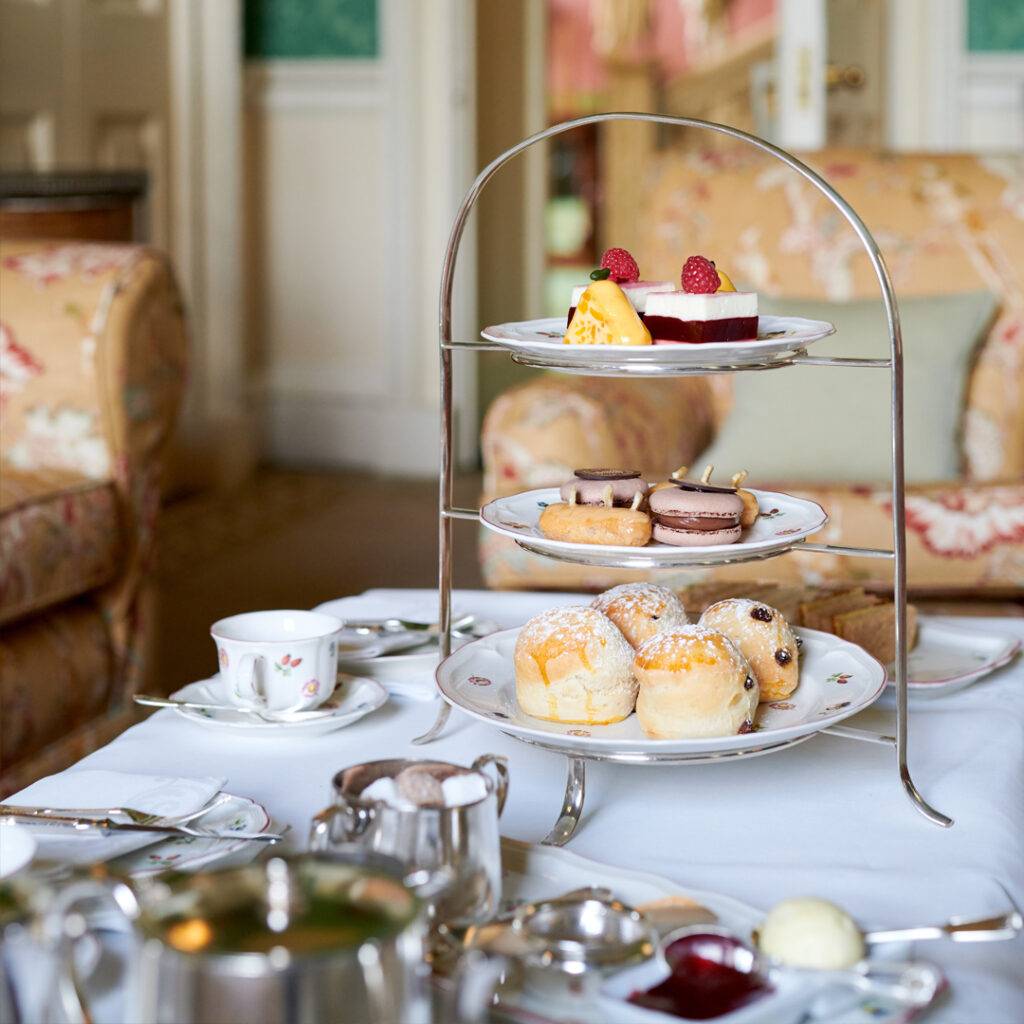

But Hartwell also offers every contemporary comfort to guests. Restored by Historic House Hotels, it features 48 superbly appointed bedrooms and suites, award-winning dining, a spa with state-of-the-art treatments, and 94 acres of gardens and parkland. No wonder it has been awarded 4 Red Stars: The AA’s supreme accolade for hotels.
The present building dates to the 17th century, but its history stretches back nearly 1,000 years to Edward the Confessor. Hartwell House was first mentioned in the Doomsday Book as belonging to William Peverel, a natural son of William the Conqueror. And today every inch of this stately home has a story to tell.
Hartwell has just been nominated for the new AA Spa Awards – as a Recommended Spa Hotel. There’s a sauna, steam room and gym, plus all-weather tennis courts in the old walled garden. Clay pigeon shooting and archery can be arranged in the grounds.
B&B is priced from £295 per room per night and includes use of the spa facilities.
Our lucky winner & their guest can enjoy a champagne afternoon tea each, a three-course dinner with a bottle of house wine, use of the spa and breakfast the next day each. *Excludes bank holidays and must be taken by the end of January 2026. To book a stay, visit Hartwell House | Luxury Hotel & Spa | Buckinghamshire
To enter our prize draw, fill in the form below before 12pm on Friday 31st January.








